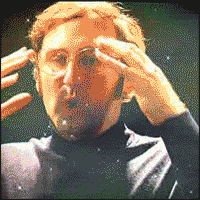--Originally published at Fundamentos de Programación
Hello guys! This is probably really basic after all this time but I just noticed that I didn´t write a post about types for Python.
So let’s begin answering what are types? There are just a classification of data that tells the interpreter how you intend to use the data.

So let’s see which ones are the basic types in python:
types.NoneType- The type of
None.
types.IntType- The type of integers (e.g.
1); alias of the built-inint.
types.LongType- The type of long integers (e.g.
1L); alias of the built-inlong.
types.FloatType- The type of floating point numbers (e.g.
1.0); alias of the built-infloat.
types.StringType- The type of character strings (e.g.
'Spam'); alias of the built-instr.
types.TupleType- The type of tuples (e.g.
(1, 2, 3, 'Spam')); alias of the built-intuple.
types.ListType- The type of lists (e.g.
[0, 1, 2, 3]); alias of the built-inlist.
types.DictType- The type of dictionaries (e.g.
{'Bacon': 1, 'Ham': 0}); alias of the built-indict.

There are of course more, but this are the ones you absoluteley need to know.
Here is a very explicit video on data types:
Follow me on twitter @danigguemez
Sources: https://docs.python.org/2/library/types.html
#tc101 #python #data_types
